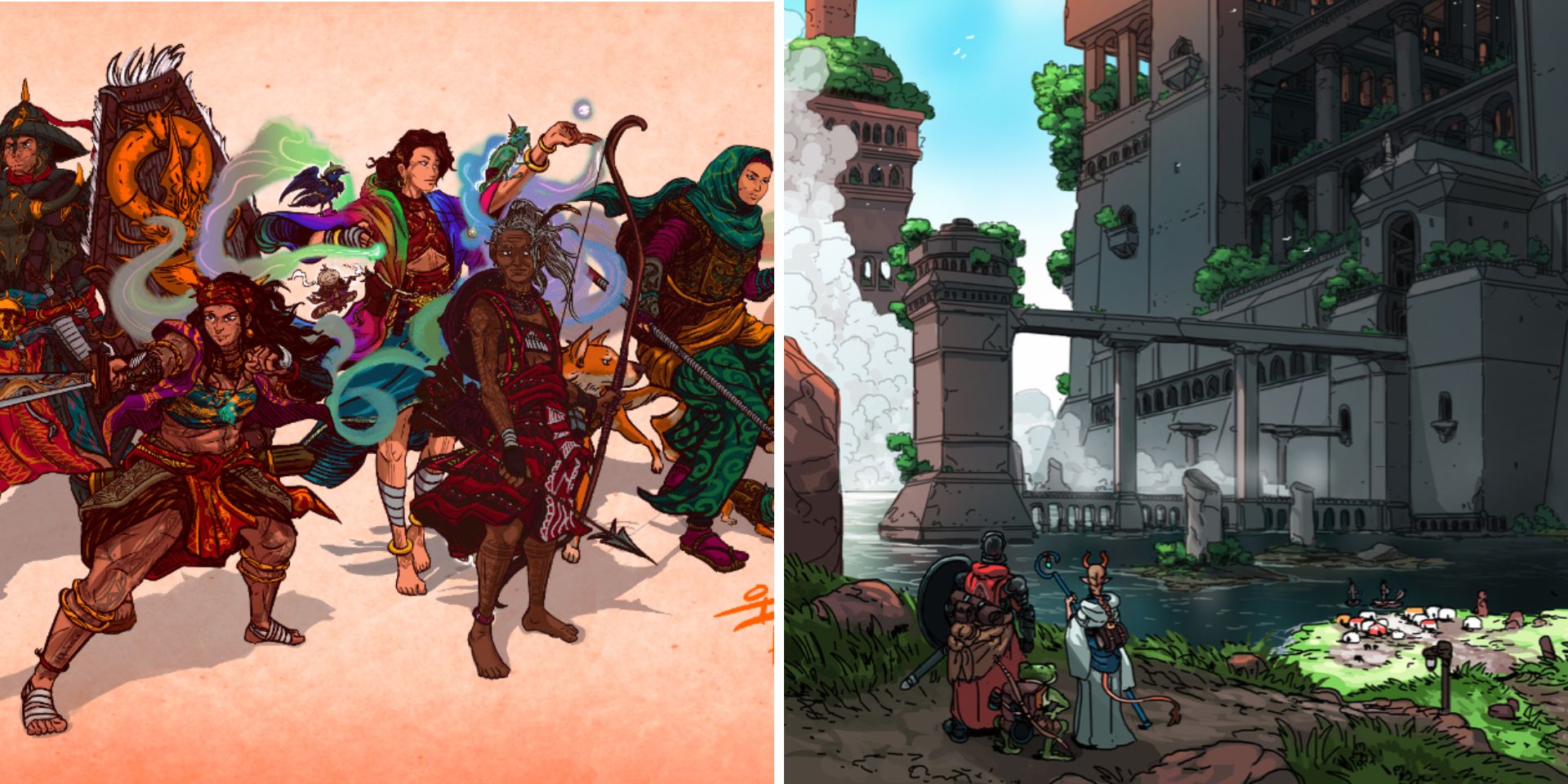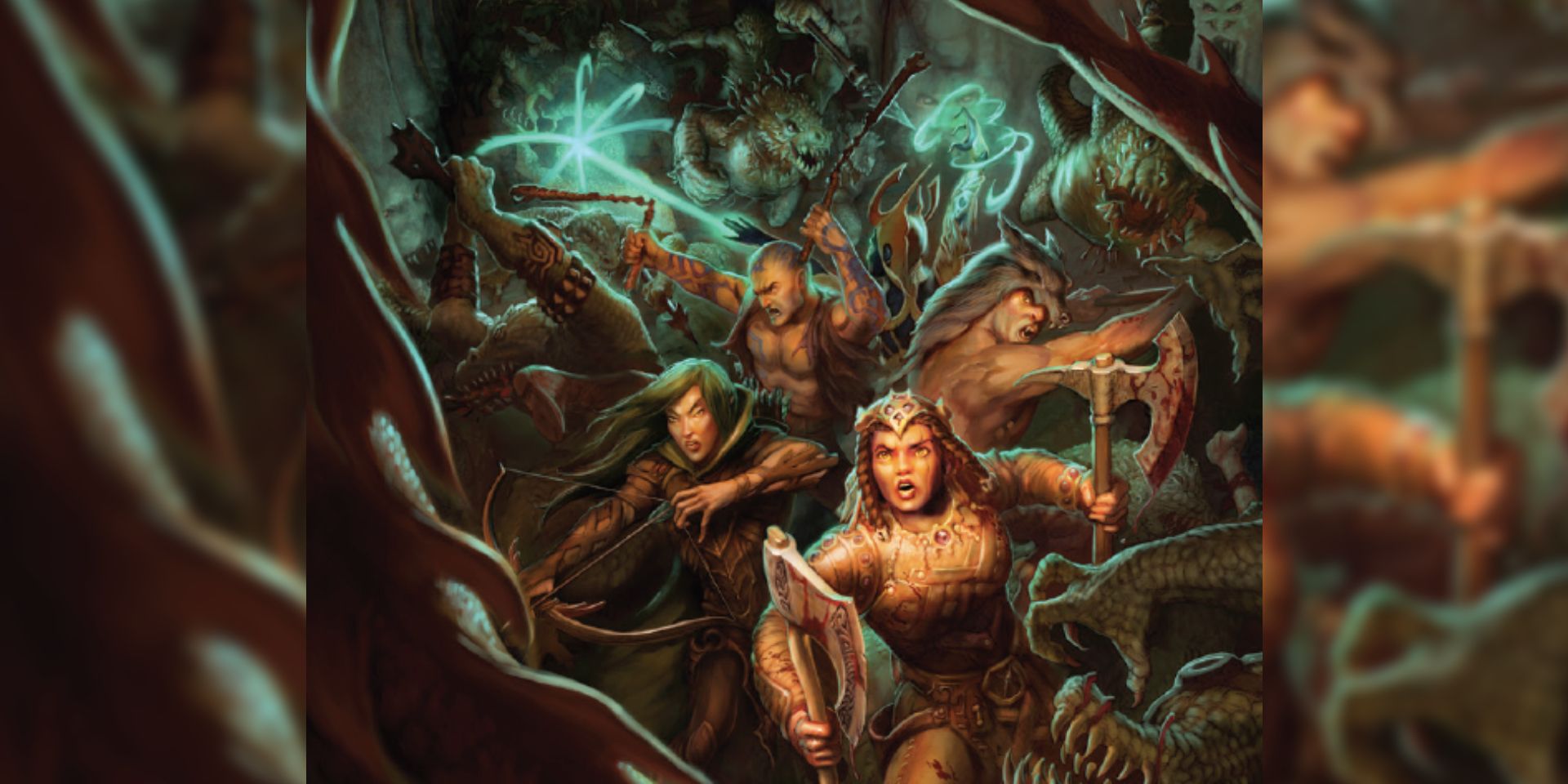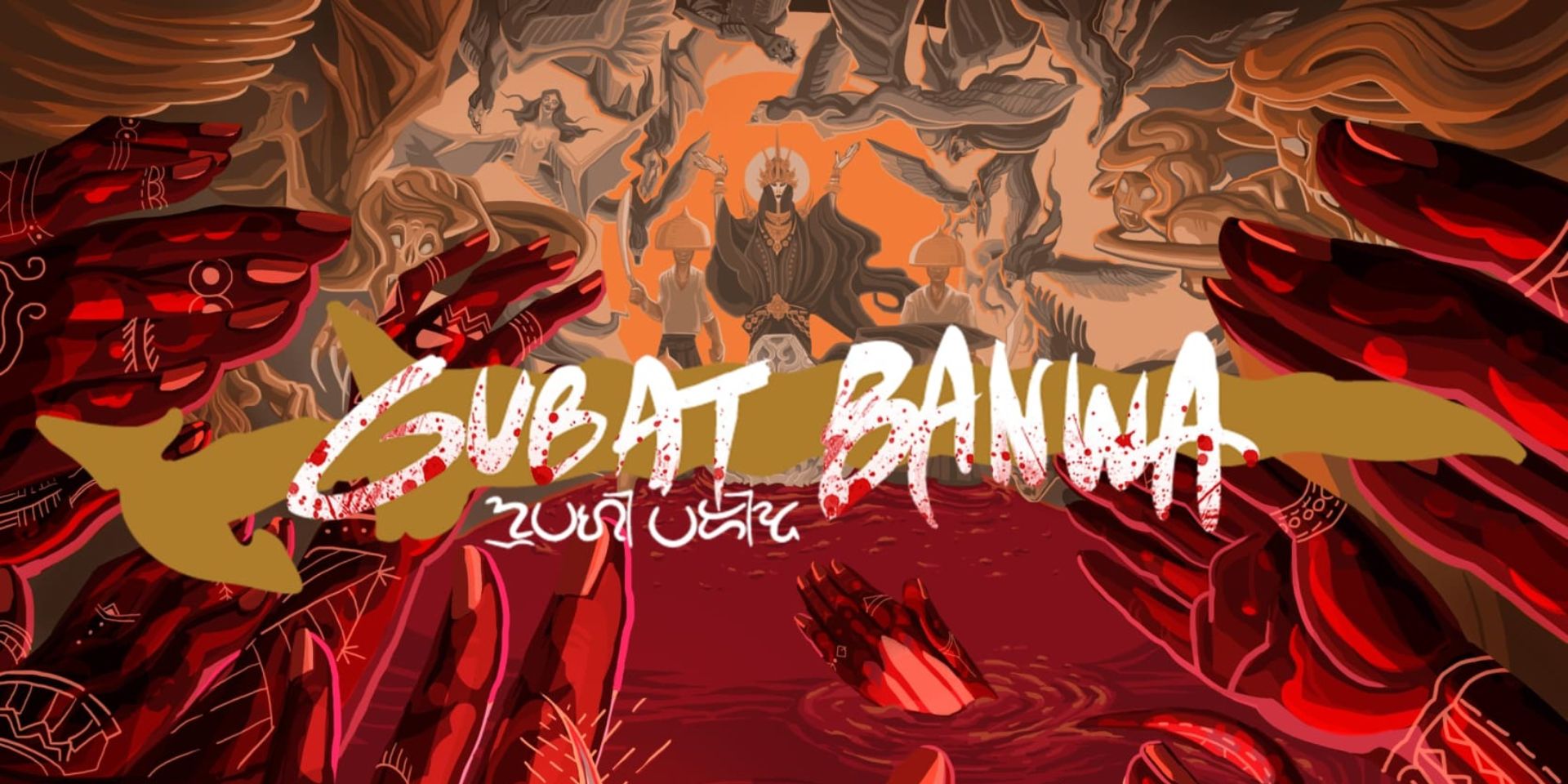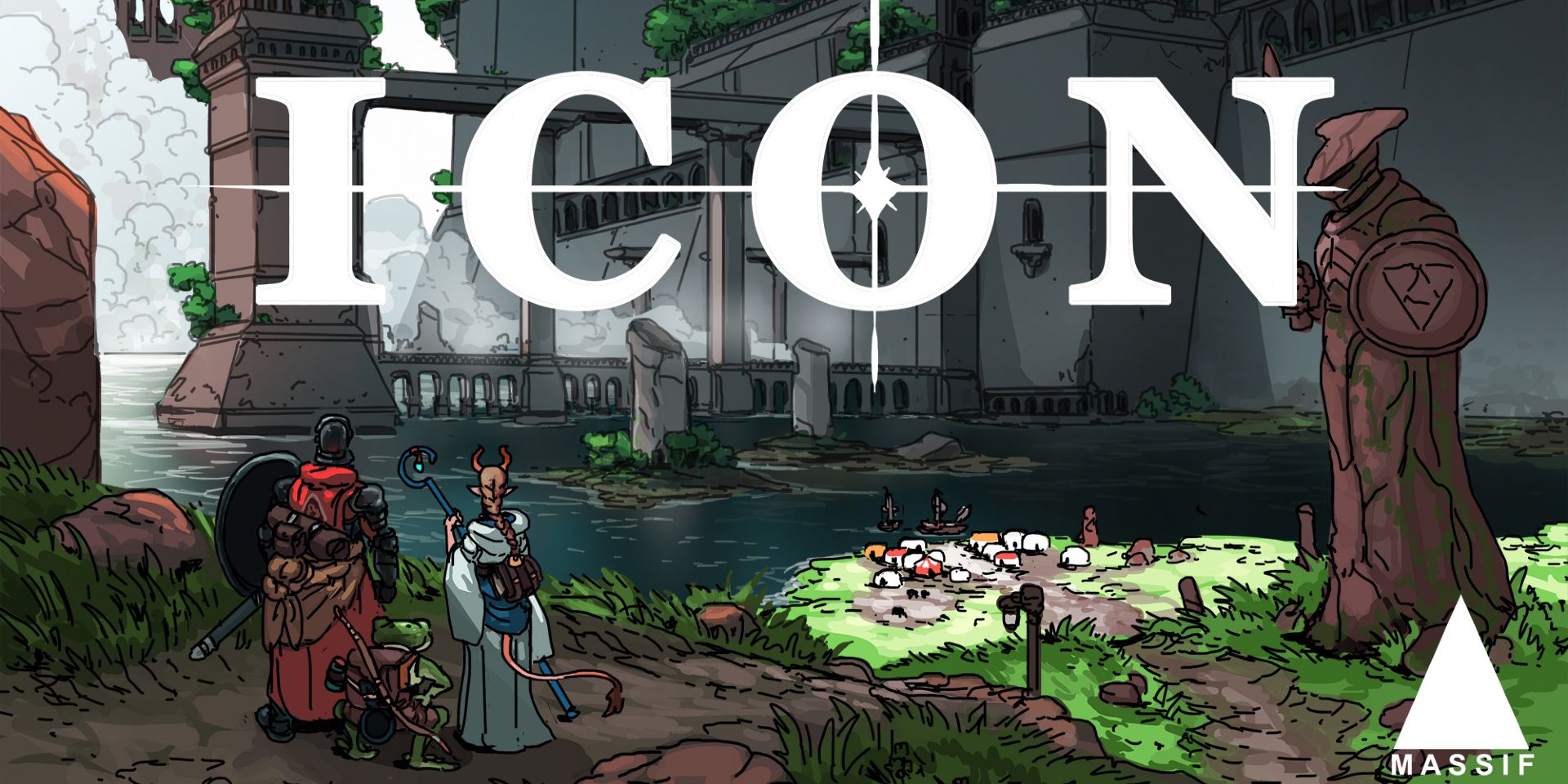While D&D fourth edition was one of the more divisive editions of the Dungeons & Dragons fantasy RPG franchise, it had plenty of strengths other games drew from, giving players a number of excellent tabletop RPGs like Dungeons & Dragons fourth edition. Criticized in its heyday for having underdeveloped storytelling rules and for feeling more like a video game than classic tabletop D&D, it was also praised for having tactically rewarding combat and excellent balance between martial and magical player characters. The following contemporary tabletop RPGs, designed by developers who share the view that Dungeons & Dragons 4e is an underrated system, blend refined rules for tactical combat with parallel rules for narrative storytelling - in effect, refining the strengths of D&D 4e while mending its weak points.
The rules for Dungeons & Dragons 4th Edition were different from those of D&D 3.5e in several ways. For starters, the abilities of every Dungeons & Dragons character class were generally divided into the categories of "At Will," "Per-Encounter," and "Daily" - that is to say, weak powers PCs can use every turn, strong powers they can use a few times per battle, and spectacular powers they can only use once or twice between times of extended rest. In addition to streamlining character progression, Dungeons & Dragons 4e also put a lot of emphasis on mobility as a key part of combat, with character classes like the Warlord having abilities focused on moving their allies around and locking down the mobility of foes.
The changes made in Dungeons & Dragons 4th Edition were jarring to many D&D fans at the time, to the point that the Pathfinder RPG, an open-license update of D&D 3.5e's rules, surpassed D&D in sales for several years. With time and distance, though, the popular perspective on D&D 4e has grown much more positive, to the point where several developers have made D&D 4e-inspired games like the ones below:
13th Age Combines D&D 4e's Combat With Narrative Strengths
13th Age, published by Pelgrane Press, is a fantasy RPG designed in collaboration between Rob Heinsoo and Johnathan Tweet, the lead developers of D&D 4e and D&D 3e respectively. The gameplay of 13th Age blends D&D 4e and narrative games like FATE or Apocalypse World; players, when choosing a character class, can unlock tiers of abilities with similar structure and limitations to those of D&D 4e, but can also create customized character backgrounds and "One Unique Thing" abilities that influence the feel of the fantasy world player characters adventure in.
Gubat Banwa
The heroic fantasy RPG Gubat Banwa, set in a fantasy realm modeled after the culture and warrior castes of the pre-colonial Philippines, draws heavy inspiration from tactical tabletop RPGs such as D&D 4e and Lancer, along with tactical roleplaying games such as Final Fantasy Tactics and Fire Emblem. Two basic sets of rules are used in a session of Gubat Banwa - "crunchy" tactical rules where players rolls D20s and D6s to simulate battles skirmishes and spectacular martial arts duels on a grid-based map, and rules for more narrative actions where people roll pools of 8-sided dice (an homage to a traditional Filipino practice of casting lots of crocodile teeth). Rather than focusing on dungeon-crawls, the average Gubat Banwa story is about the bonds between families, friends, lovers, and soldiers in a time of war, and conflicting loyalties and ideologies can push these bonds to the breaking point.
ICON
ICON, a mythic fantasy RPG recently released in playtest on itch.io by Massif Press, the makers of the Dungeons & Dragons 4e-inspired mecha tabletop RPG Lancer. Like Lancer, ICON draws a clean line between rules for combat and non-combat actions, using a D20 plus bonus system when players skirmish with dungeon monsters or hostile people, and a hack of the rules for Forged in the Dark games to role-play through more peaceful situations. The world of ICON draws heavily on the visuals and ambiance of titles like The Legend of Zelda: Breath of the Wild and the Final Fantasy franchise; in the Green Age of Arden Eld, a verdant world of scattered villages and city-states, strange living dungeons forged by an long-fallen empire erupt from the earth like natural disasters, threatening nearby settlements with the monsters they hold and luring in larger-than-life heroes with the prospect of loot, "Dust," and glory.
Source: itch.io




